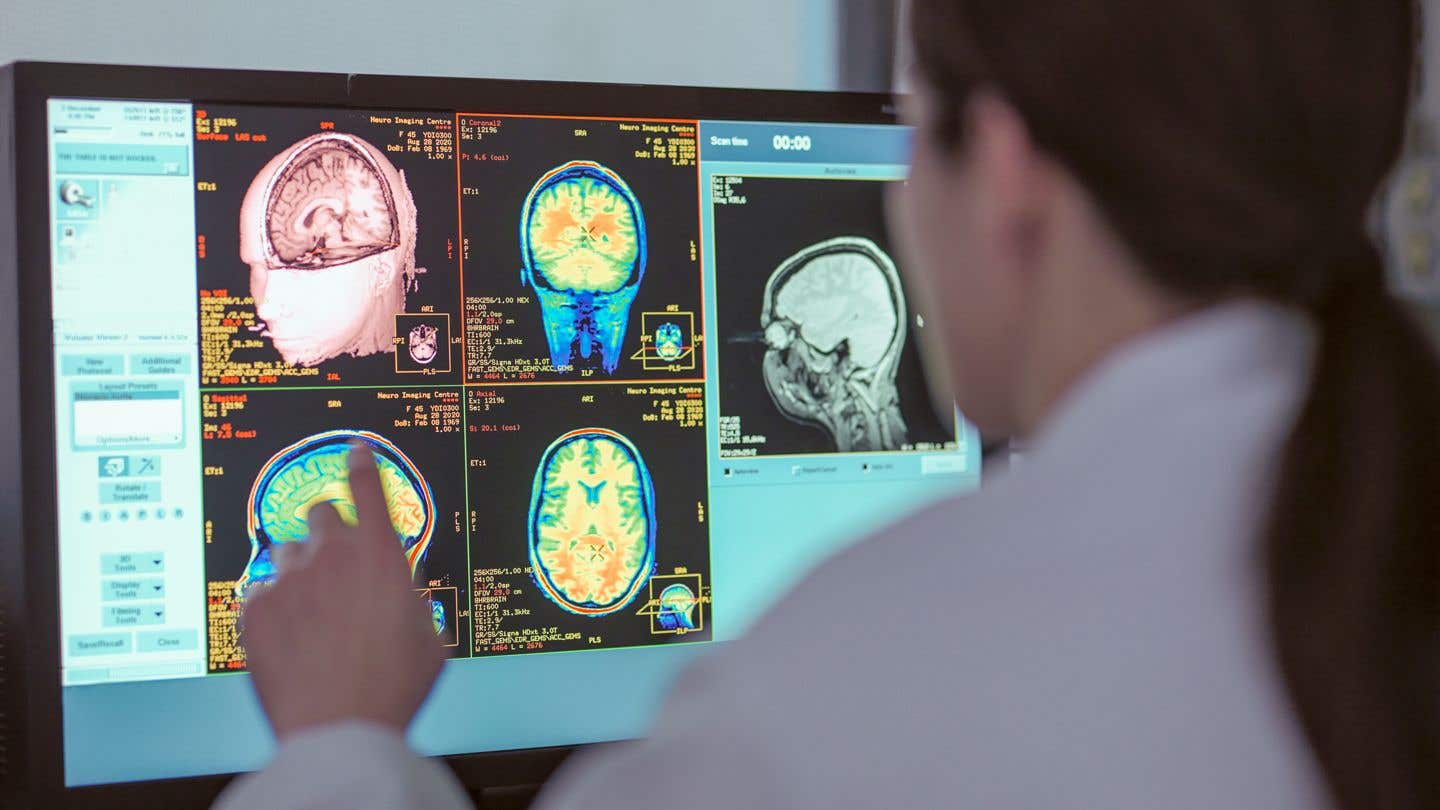‘Love hormone’ revealed to have heart healing properties
The hormone oxytocin is well-known for promoting social bonds and generating pleasurable feelings, for example from art, exercise, or sex.

[Nov 16, 2022: Mischa Dijkstra, Frontiers]
This discovery could one day be used to stimulate the regeneration of the human heart after a heart attack. (CREDIT: Creative Commons)
Researchers show for the first time that the neurohormone oxytocin has a previously unsuspected function in both zebrafish and human cell cultures: it stimulates mature cells in the epicardium of the heart to become stem-like cells, which can replace heart cells lost after damage. This discovery could one day be used to stimulate the regeneration of the human heart after a heart attack.
The neurohormone oxytocin is well-known for promoting social bonds and generating pleasurable feelings, for example from art, exercise, or sex. But the hormone has many other functions, such as the regulation of lactation and uterine contractions in females, and the regulation of ejaculation, sperm transport, and testosterone production in males.
Now, researchers from Michigan State University show that in zebrafish and human tissue cultures, oxytocin has yet another, unsuspected, function: it stimulates stem cells derived from the heart’s outer layer (epicardium), to migrate into its middle layer (myocardium) and there develop into cardiomyocytes, muscle cells that generate heart contractions. This discovery could one day be used to promote the regeneration of the human heart after a heart attack. The results are published in Frontiers in Cell and Developmental Biology.
“Here we show that oxytocin, a neuropeptide also known as the love hormone, is capable of activating heart repair mechanisms in injured hearts in zebrafish and human cell cultures, opening the door to potential new therapies for heart regeneration in humans,” said Dr Aitor Aguirre, an assistant professor at the Department of Biomedical Engineering of Michigan State University, and the study’s lead author.
Related Stories
Cardiomyocytes typically die off in great numbers after a heart attack. Because they are highly specialized cells, they can’t replenish themselves. But previous studies have shown that a subset of cells in the epicardium can undergo reprogramming to become stem-like cells, called Epicardium-derived Progenitor Cells (EpiPCs), which can regenerate not only cardiomyocytes, but also other types of heart cells.
“Think of the EpiPCs as the stonemasons that repaired cathedrals in Europe in the Middle Ages,” explained Aguirre.
Unfortunately for us, the production of EpiPCs is inefficient in humans under natural conditions.
Zebra fish could teach us how to regenerate hearts more efficiently
Enter the zebrafish: famous for their extraordinary capacity for regenerating organs, including the brain, retina, internal organs, bone, and skin. They don’t suffer heart attacks, but their many predators are happy to take a bite out of any organ, including the heart – so zebrafish can regrow their heart when as much as a quarter of it has been lost.
Oxytocin Signaling is Necessary for Epicardium Development in Zebrafish. (CREDIT: Frontiers)
This is done partly by proliferation of cardiomyocytes, but also by EpiPCs. But how do the EpiPCs of zebrafish repair the heart so efficiently? And can we find a ‘magic bullet’ in zebrafish that could artificially boost the production of EpiPCs in humans?
Oxytocin Signaling is Necessary for Proper Heart Regeneration in Zebrafish. (CREDIT: Frontiers)
Yes, and this ‘magic bullet’ appears to be oxytocin, argue the authors.
To reach this conclusion, the authors found that in zebrafish, within three days after cryoinjury – injury due to freezing – to the heart, the expression of the messenger RNA for oxytocin increases up to 20-fold in the brain.
Inhibition of Oxytocin Signaling Prevents Epicardial Activation After Zebrafish Cardiac Injury. (CREDIT: Frontiers)
They further showed that this oxytocin then travels to the zebrafish epicardium and binds to the oxytocin receptor, triggering a molecular cascade that stimulates local cells to expand and develop into EpiPCs.
These new EpiPCs then migrate to the zebrafish myocardium to develop into cardiomyocytes, blood vessels, and other important heart cells, to replace those which had been lost.
Similar effect on human tissue cultures
Crucially, the authors showed that oxytocin has a similar effect on human tissue in vitro. Oxytocin – but none of 14 other neurohormones tested here – stimulates cultures of human Induced Pluripotent Stem Cells (hIPSCs) to become EpiPCs, at up to twice the basal rate: a much stronger effect than other molecules, previously shown to stimulate EpiPC production in mice, have.
Conversely, genetic knock-down of the oxytocin receptor prevented the regenerative activation of human EpiPCs in culture. The authors also showed that the link between oxytocin and the stimulation of EpiPCs is the important ‘TGF-β signaling pathway’, known to regulate the growth, differentiation, and migration of cells.
Aguirre said: “These results show that it is likely that the stimulation by oxytocin of EpiPC production is evolutionary conserved in humans to a significant extent. Oxytocin is widely used in the clinic for other reasons, so repurposing for patients after heart damage is not a long stretch of the imagination. Even if heart regeneration is only partial, the benefits for patients could be enormous.”
Aguirre concluded: “Next, we need to look at oxytocin in humans after cardiac injury. Oxytocin itself is short-lived in the circulation so its effects in humans might be hindered by that. Drugs specifically designed with a longer half-life or more potency might be useful in this setting. Overall, preclinical trials in animals and clinical trials in humans are necessary to move forward.”
Note: Materials provided above by Frontiers. Content may be edited for style and length.
Like these kind of feel good stories? Get the Brighter Side of News' newsletter.
Joseph Shavit
Head Science News Writer | Communicating Innovation & Discovery
Based in Los Angeles, Joseph Shavit is an accomplished science journalist, head science news writer and co-founder at The Brighter Side of News, where he translates cutting-edge discoveries into compelling stories for a broad audience. With a strong background spanning science, business, product management, media leadership, and entrepreneurship, Joseph brings a unique perspective to science communication. His expertise allows him to uncover the intersection of technological advancements and market potential, shedding light on how groundbreaking research evolves into transformative products and industries.



